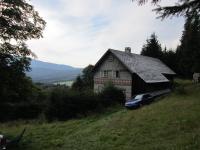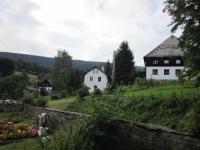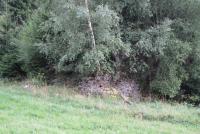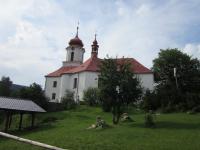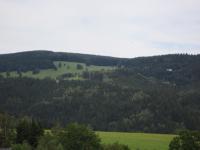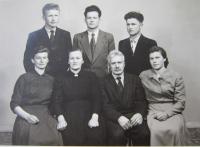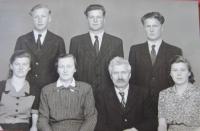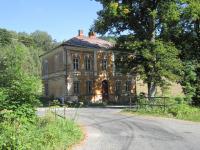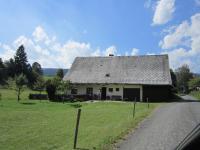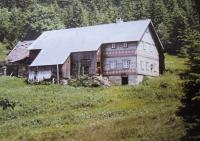In the German settlement Urlich under the Kladsko saddle

Download image
František Stanzel was born in 1931 in the Urlich settlement to parents of German nationality. This small mountain settlement is located nearby Nová Seninka (Spieglitz in German) in the vicinity of Kralický Sněžník. František Stanzel spent almost his entire childhood and youth here. At the end of the war, many fugitives from nearby Kladsko trespassed through the settlement and its environs. After the expulsion of the German inhabitants, the village became almost depopulated. The Stanzel family wasn’t banished from the village because they were indispensable as they worked in the forest. However, in 1948, they were moved to Haná, where they had to work for the local landlords. They came back to Urlich, which had been looted in the meantime, two years later. Until the middle of the 1960s, they and the Zatloukalovy family were the only inhabitants of the village. In 1961, František Stanzel married and moved to the nearby village of Nová Seninka, where he lives until today. A few weeks later, his parents left as well and the last one to leave the village was Alois Zapletal, a Czech. After his departure, the village remained unpopulated except for a few weekend settlers who have their cottages in the village.




